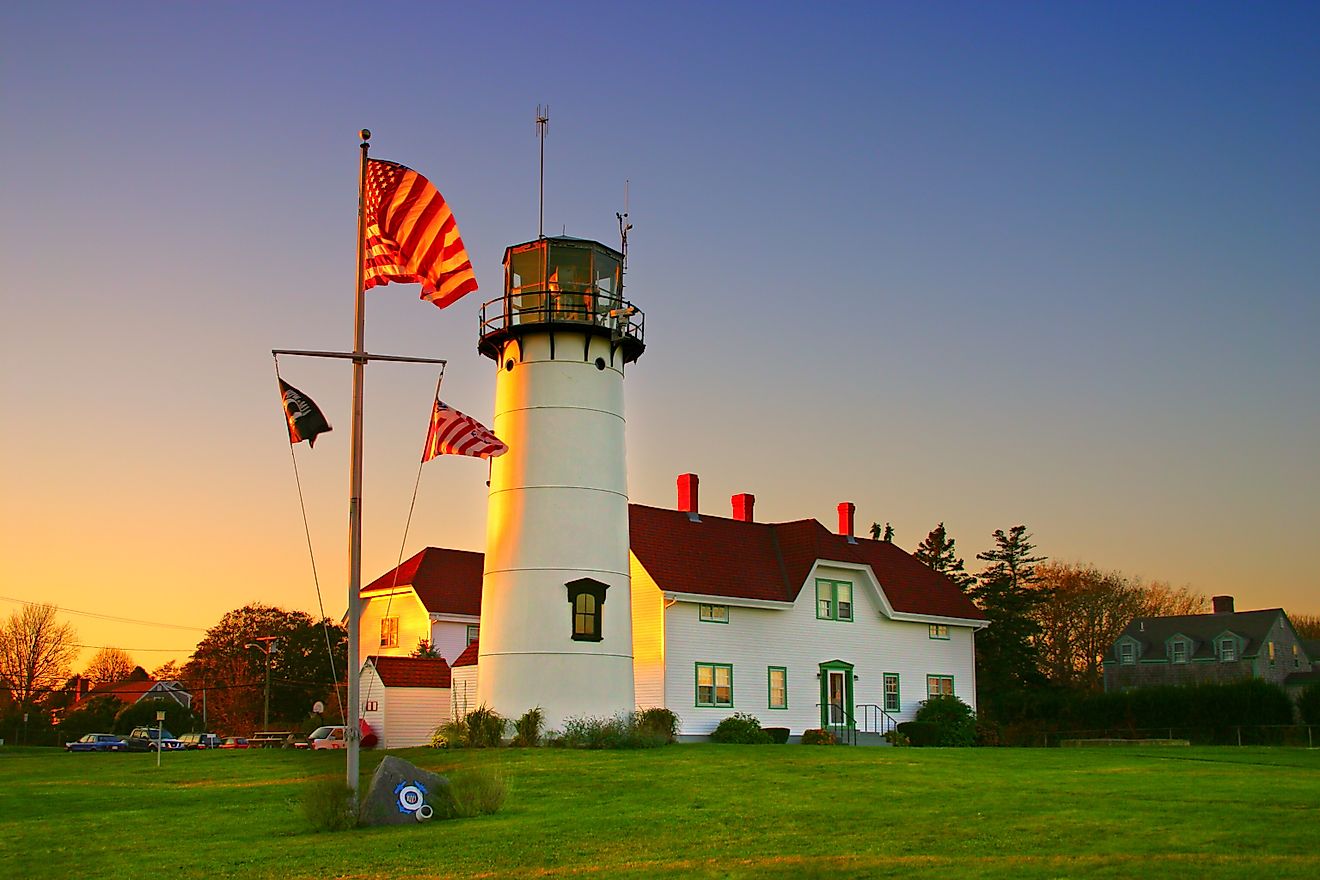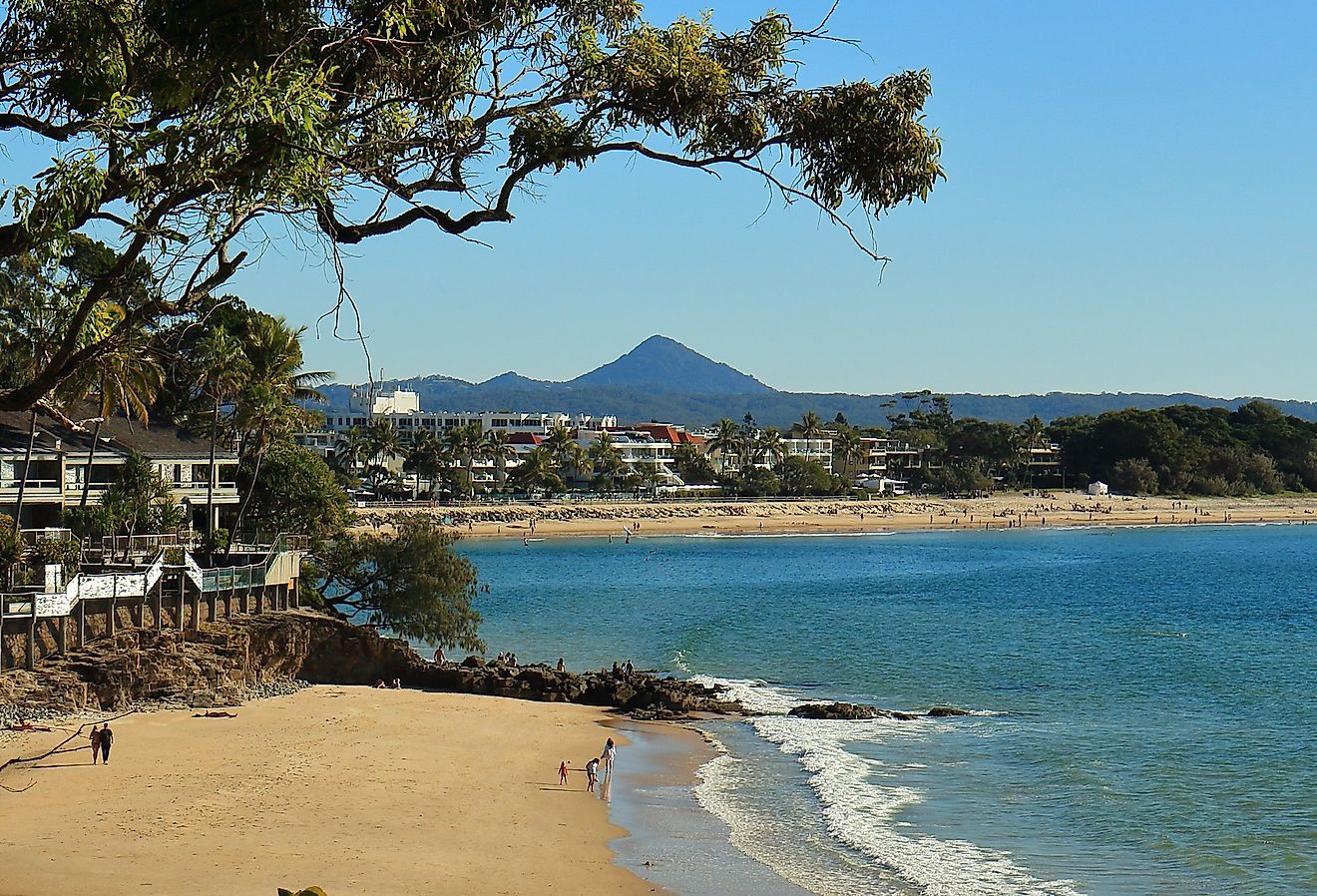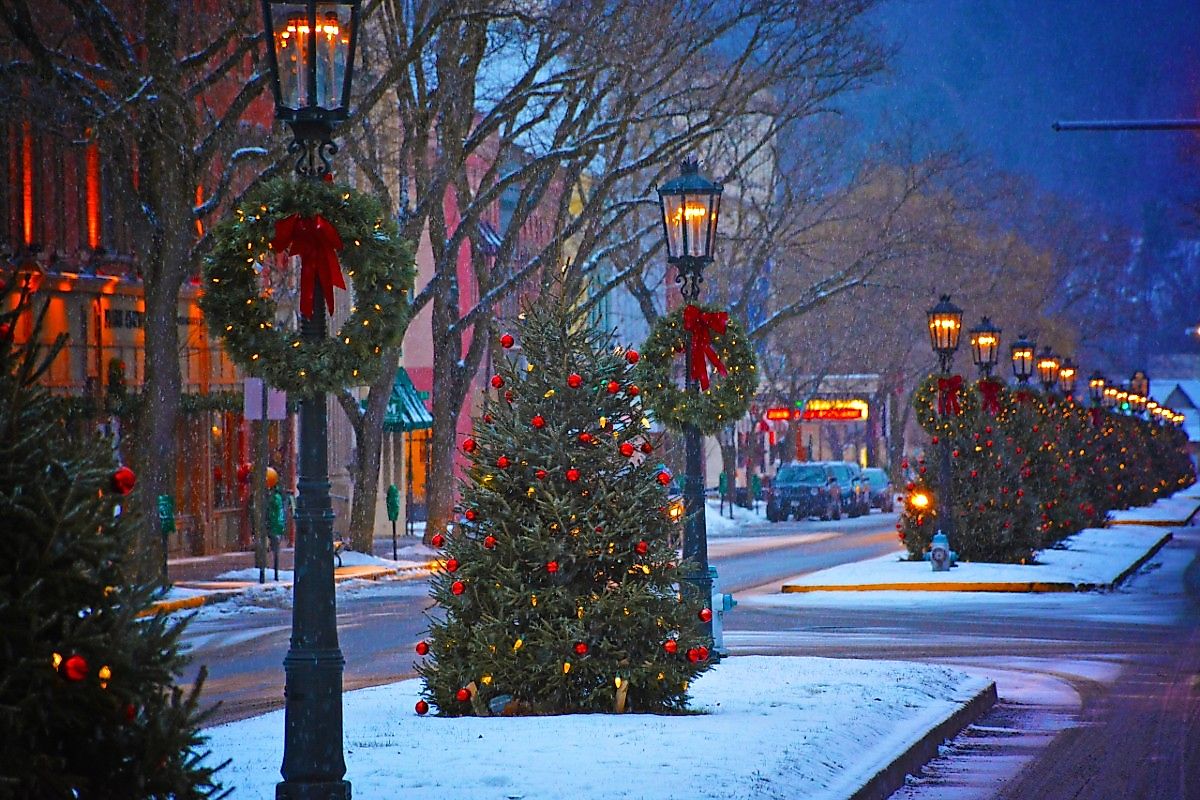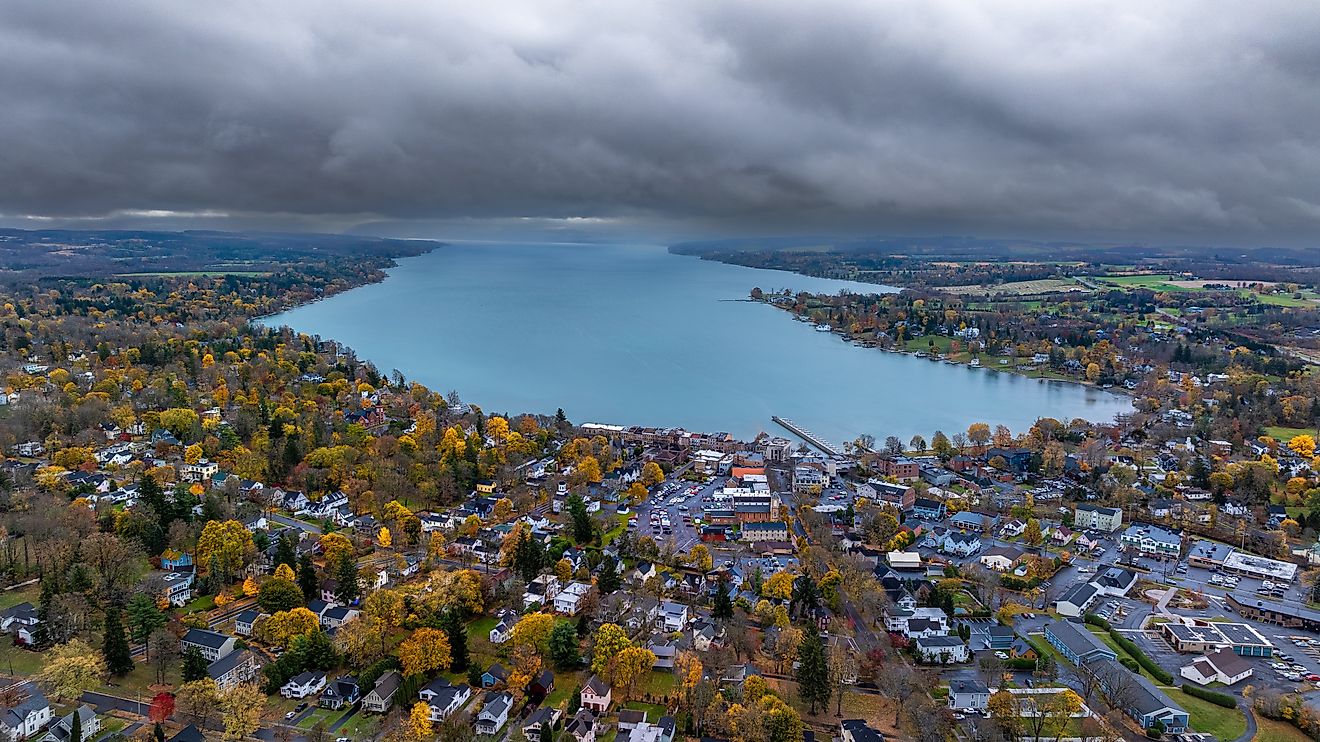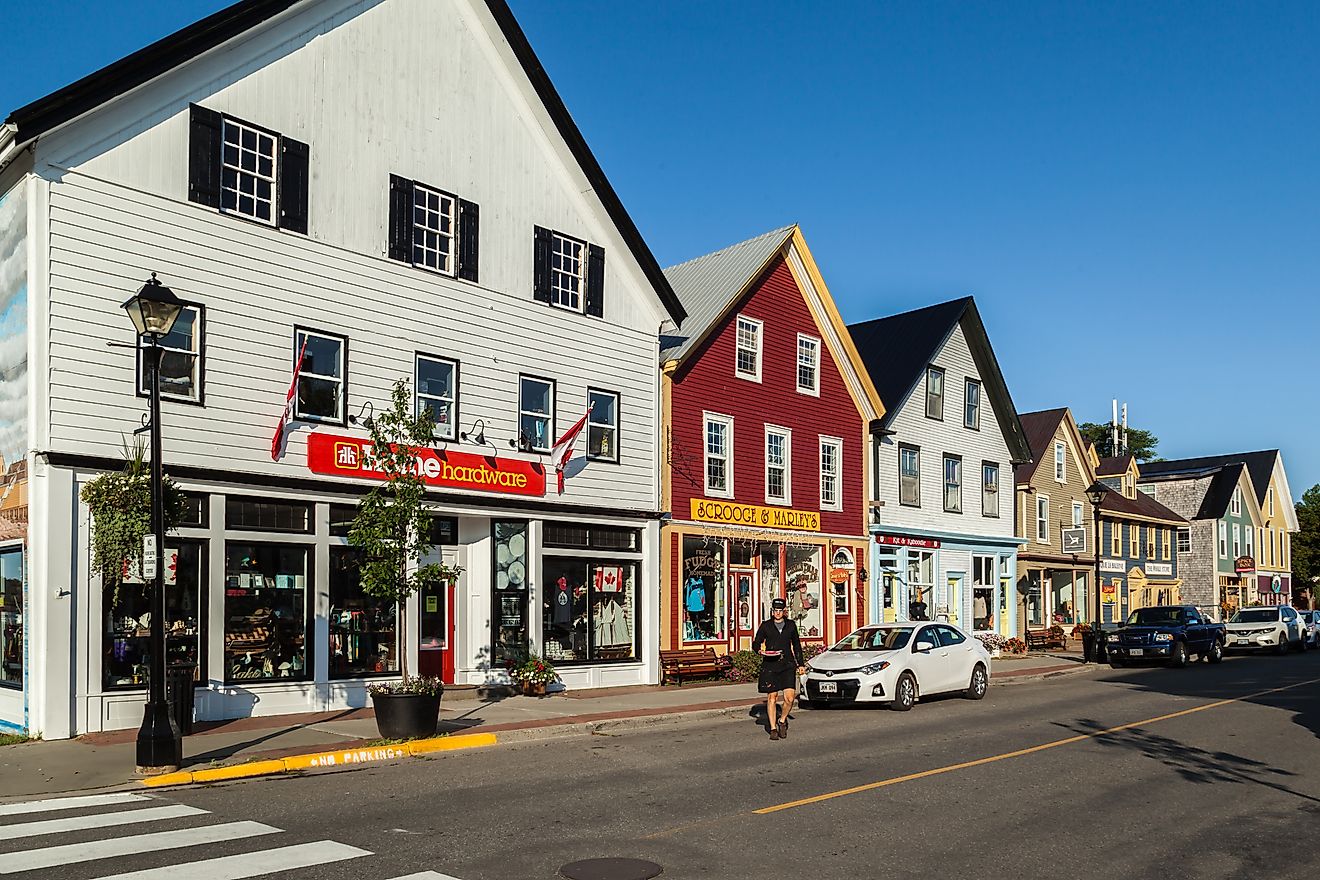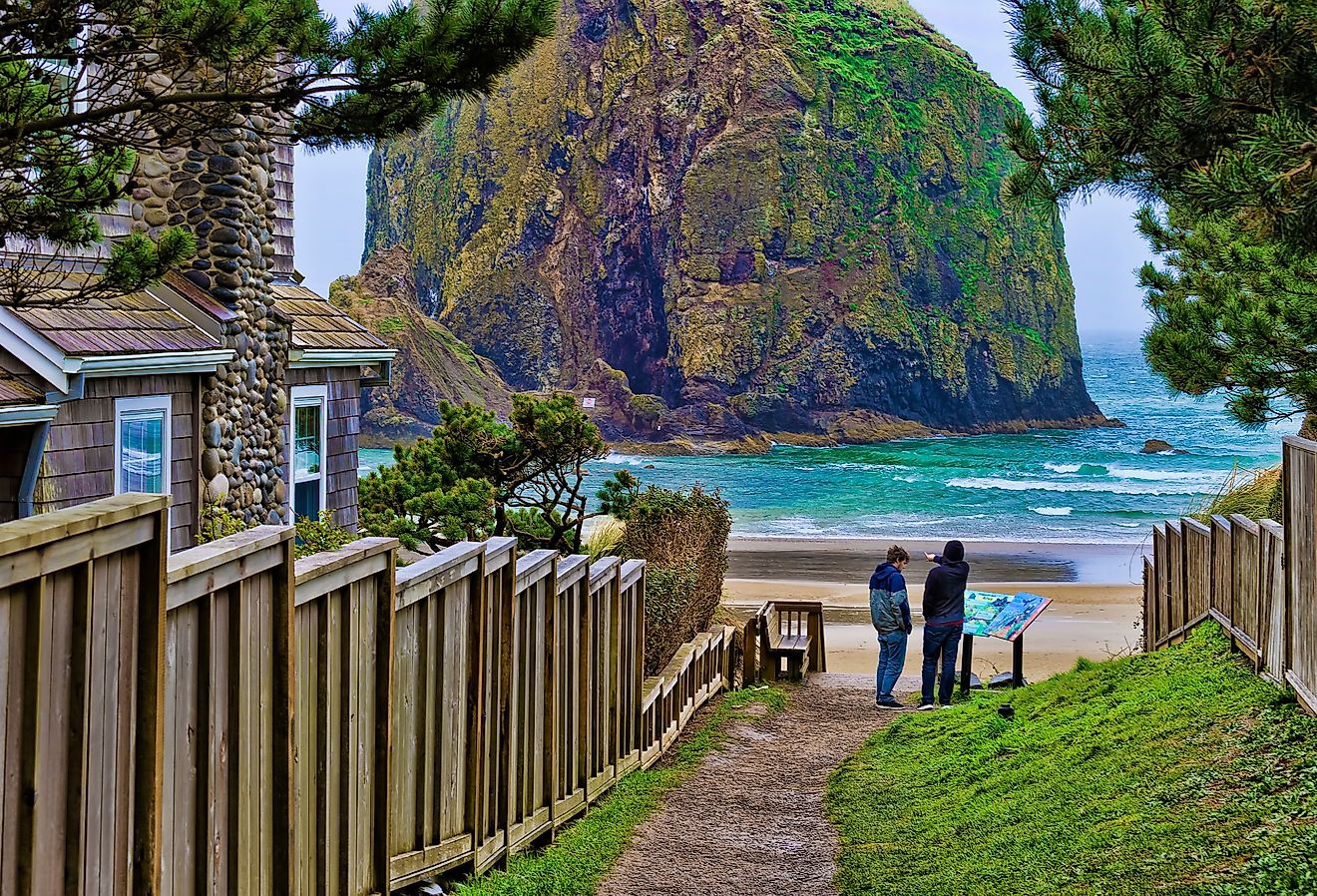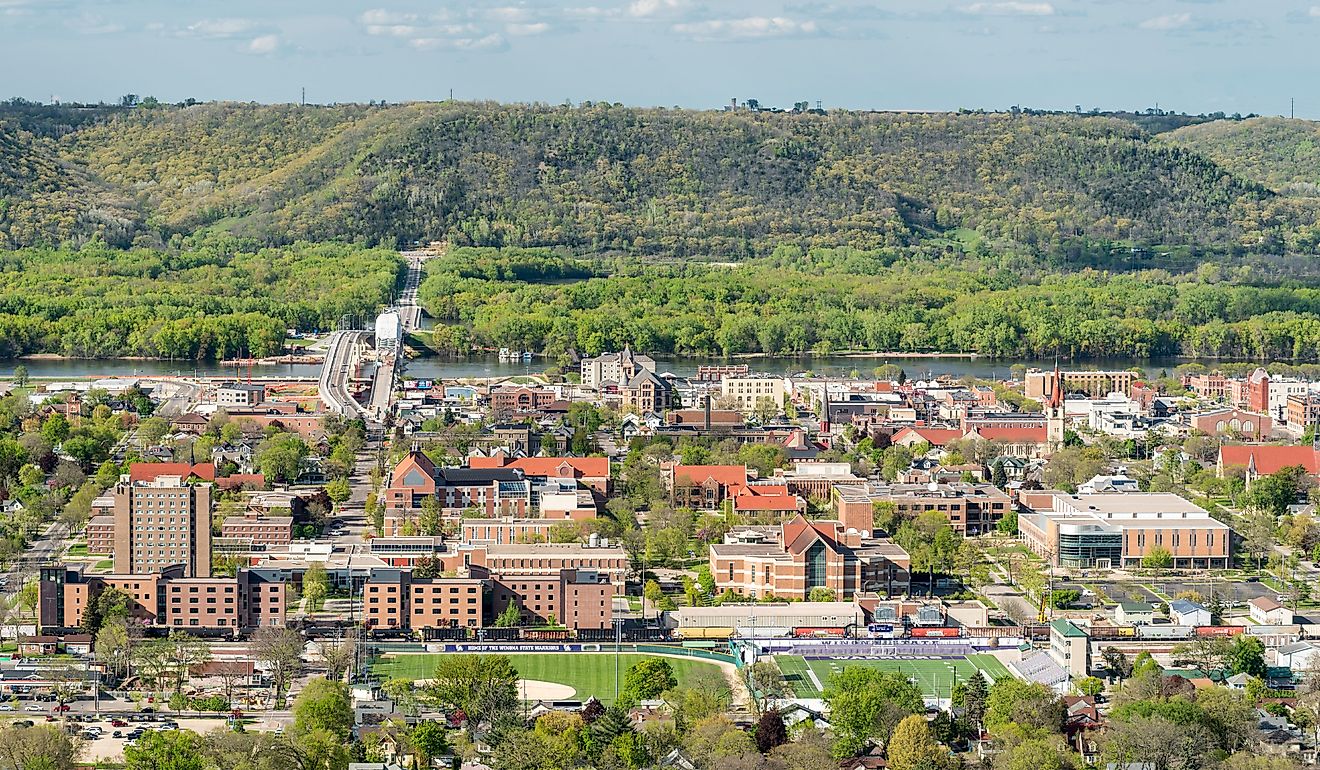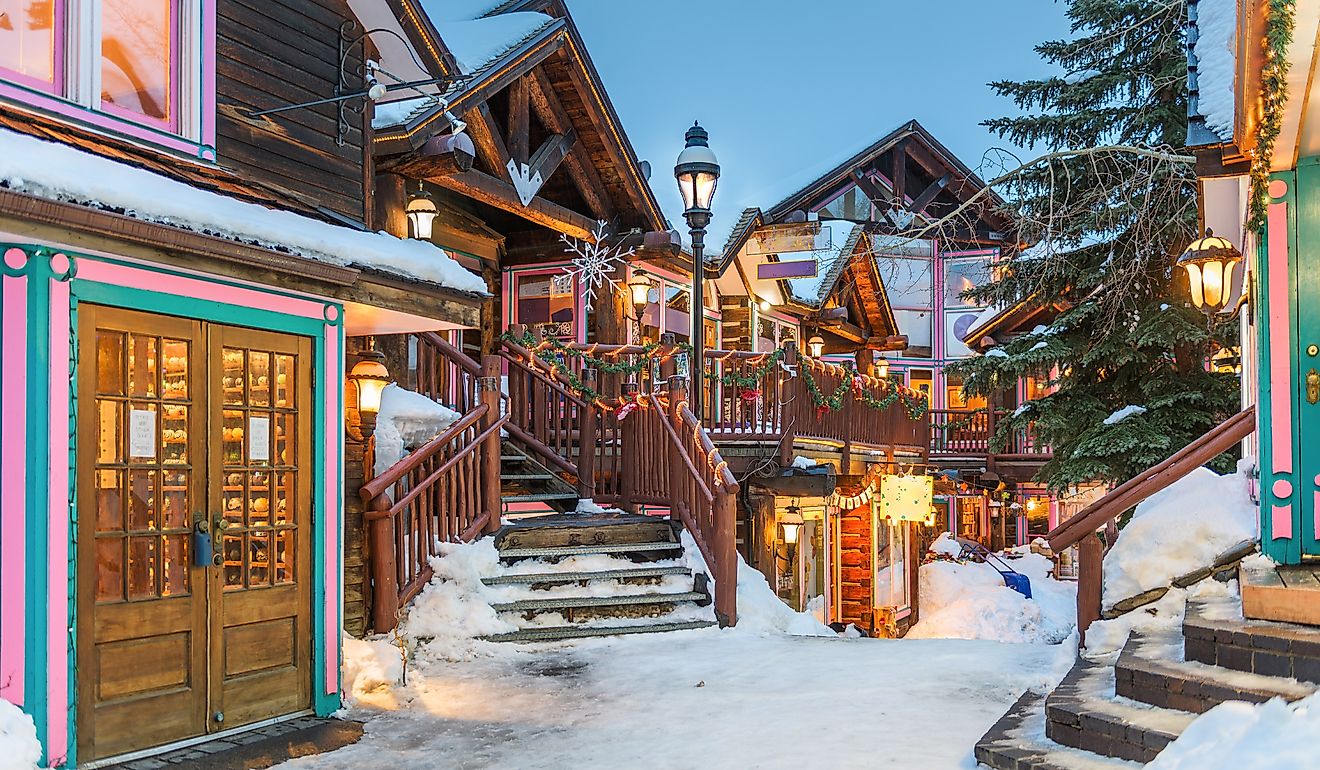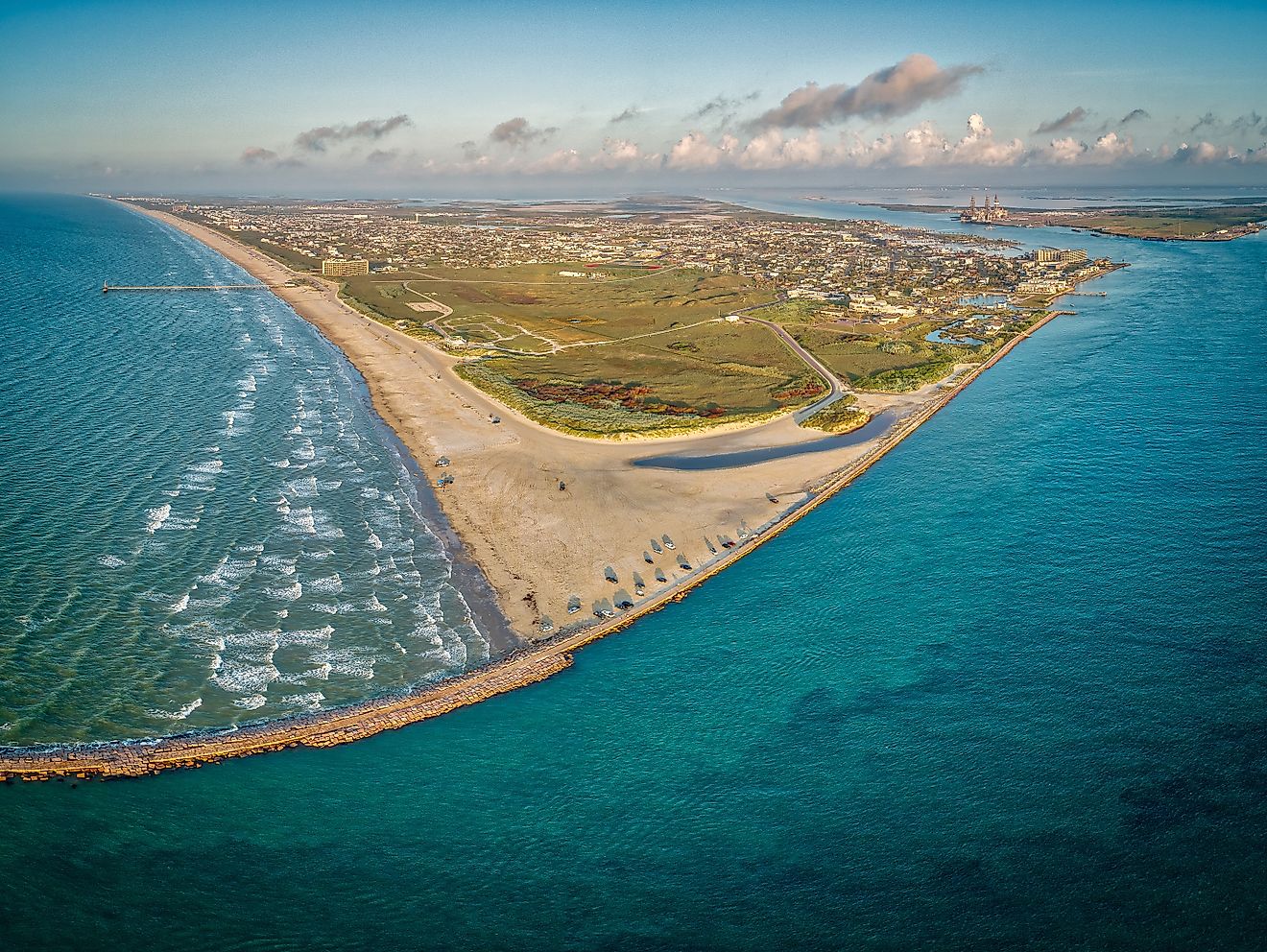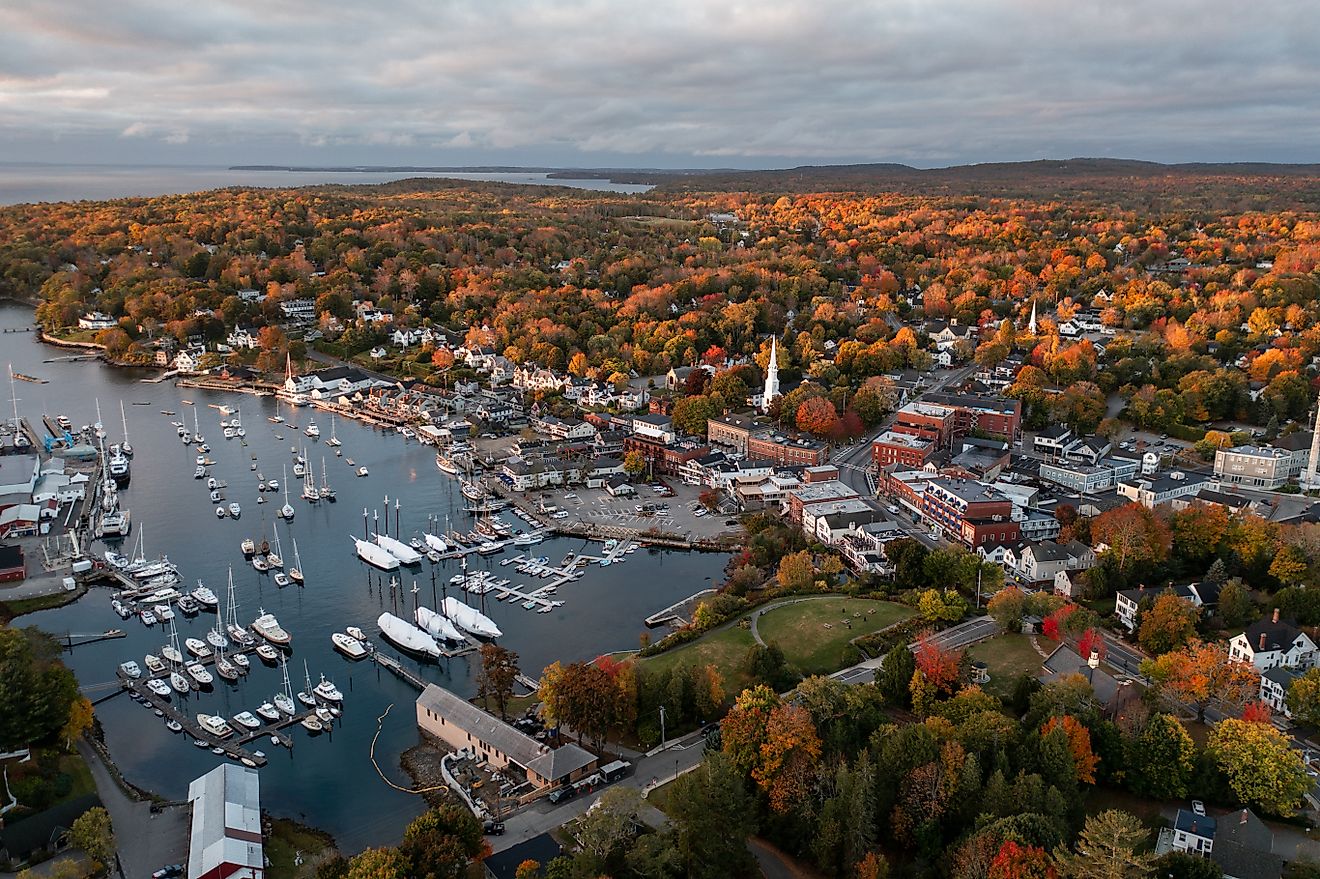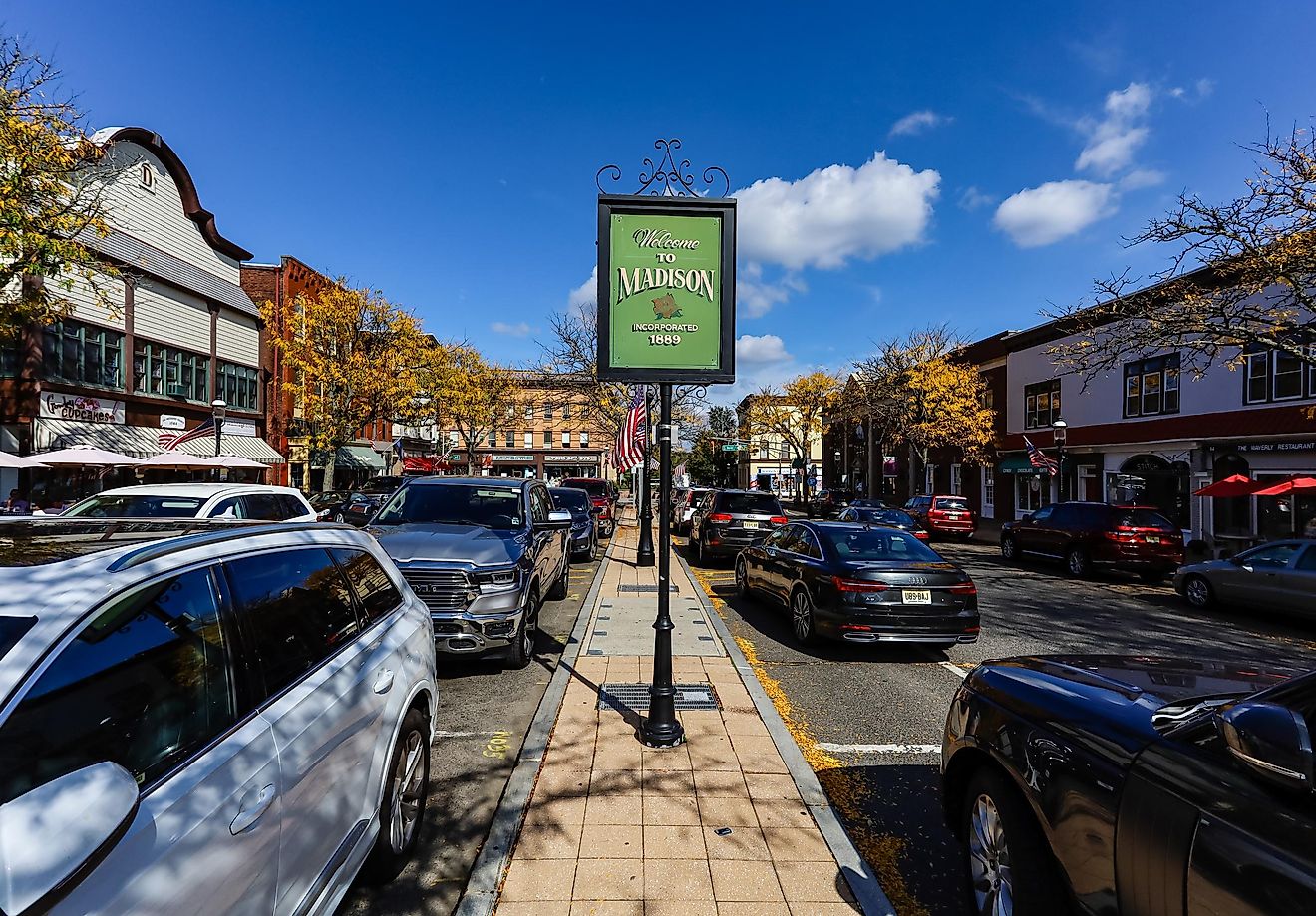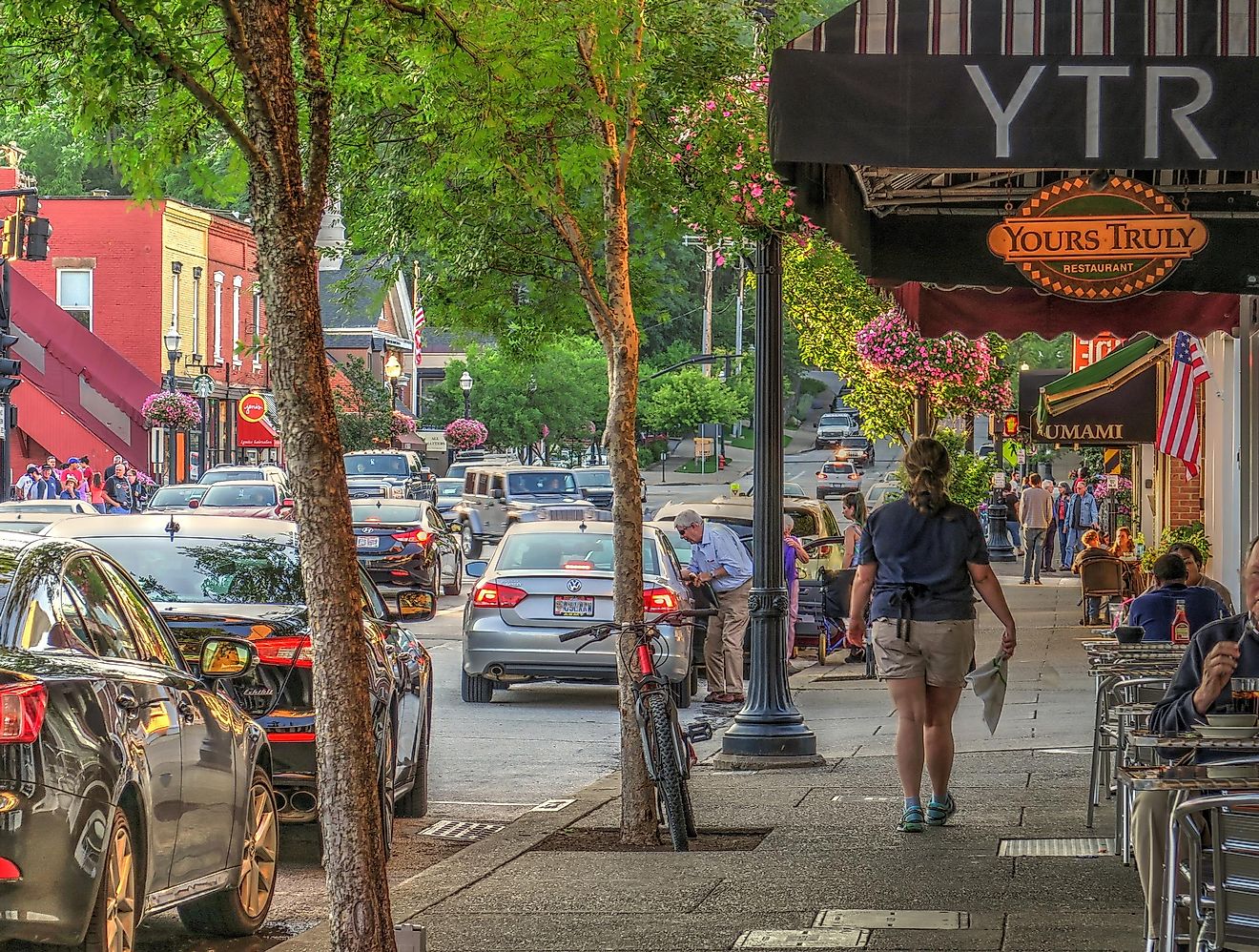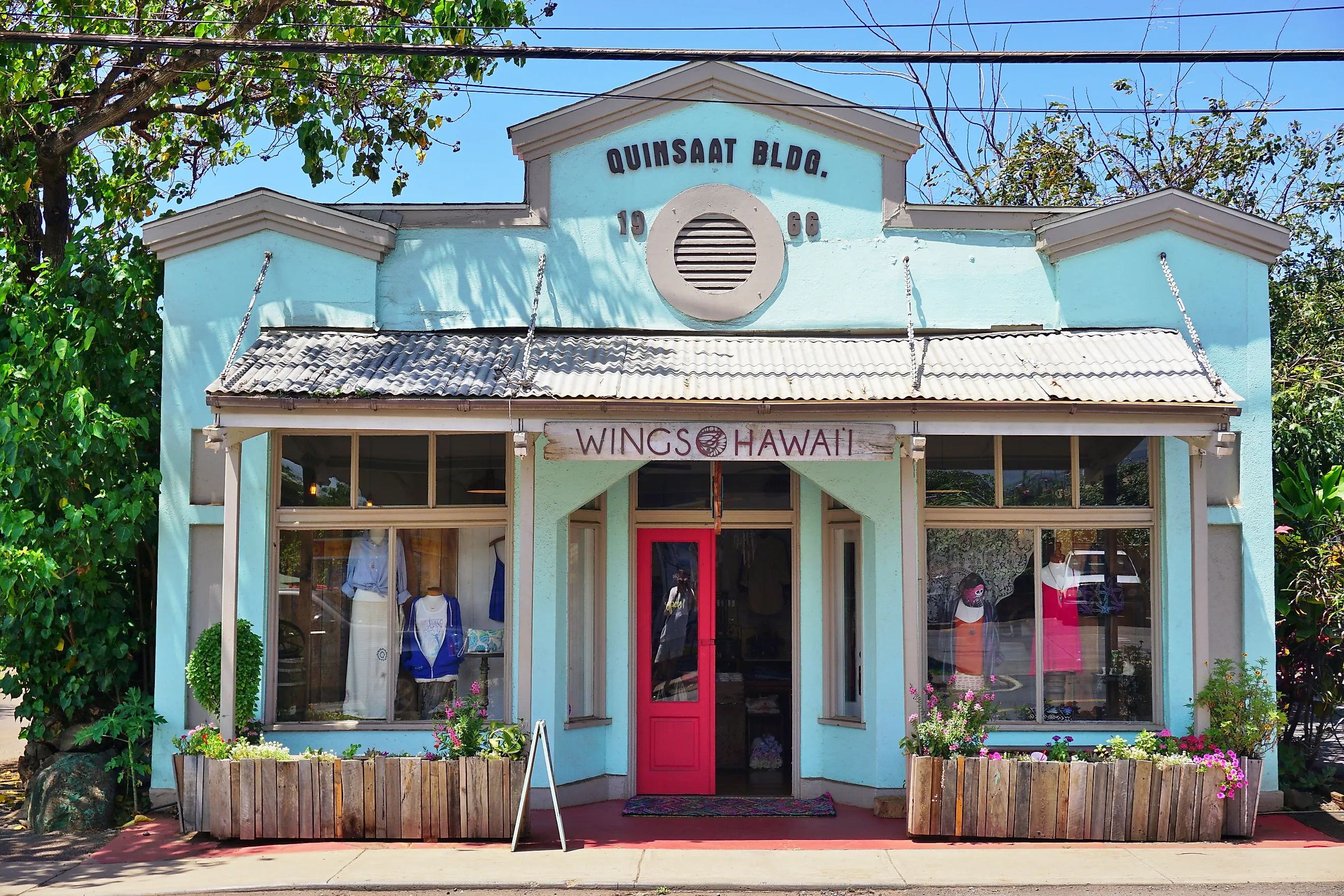
6 Storybook Towns In Hawaii
As the 50th state in the Union, Hawaii is the last chapter in the story of the United States, completing the nation’s physical and cultural journey across the continent and into the Pacific Ocean. It is a land steeped in legends and mythology, like the legend of Maui, a demigod who pulled up the islands with a fishook, or the fiery tales of Pele, the goddess of volcanoes, whose molten creations shaped the Hawaiian islands. These ancient stories live on not only in the landscapes but also in these six storybook towns that capture the spirit of Hawaii, where myths meet modern life, lush landscapes inspire awe, and every corner tells a story as vibrant as the islands themselves.
Hanalei
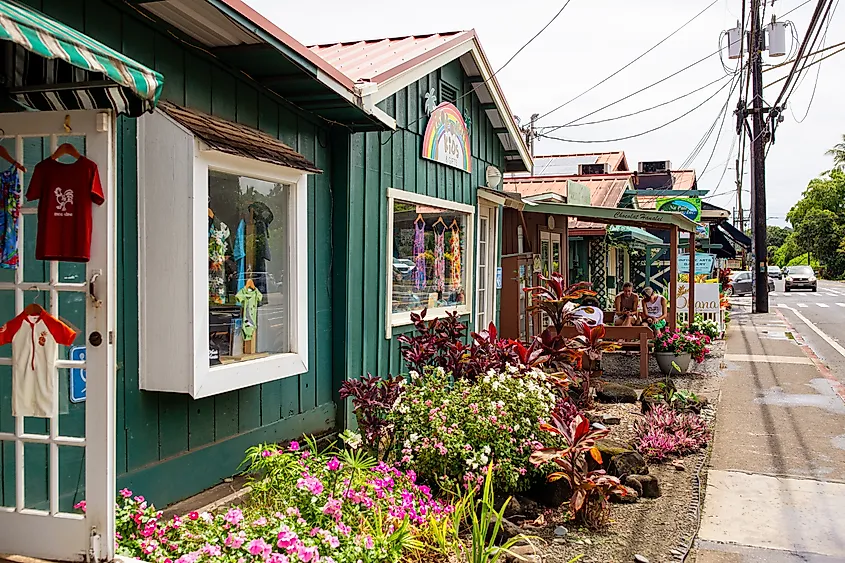
Hanalei is a small town on Kaua’i's north shore, located on Hanalei Bay. The bay is home to some of the most famous beaches in Hawaii, like Black Pot Beach Park, renowned for its surfing, stand-up paddleboarding, and swimming opportunities, and Wai'oli Beach, a family-friendly beach ideal for snorkeling enthusiasts. Nearby, the Hanalei Pier is an iconic landmark for fishing, picnicking, or watching the sunset over the Pacific with views of the stunning Makana mountain ridge.
The two-mile crescent-shaped Hanalei Bay sits between the Hanalei River to the east and the Wai’oli River to the west. The nearby Hanalei National Wildlife Refuge is home to five threatened and endangered waterbirds and 49 other species of birds, where nature lovers can safely view the birds from the Hanaeil NWR Viewpoint, which opened in April 2024. Step back in time with a visit to the historic Waiʻoli Huiʻia Church and Mission House, the oldest church in Kaua’i.
Hāwī
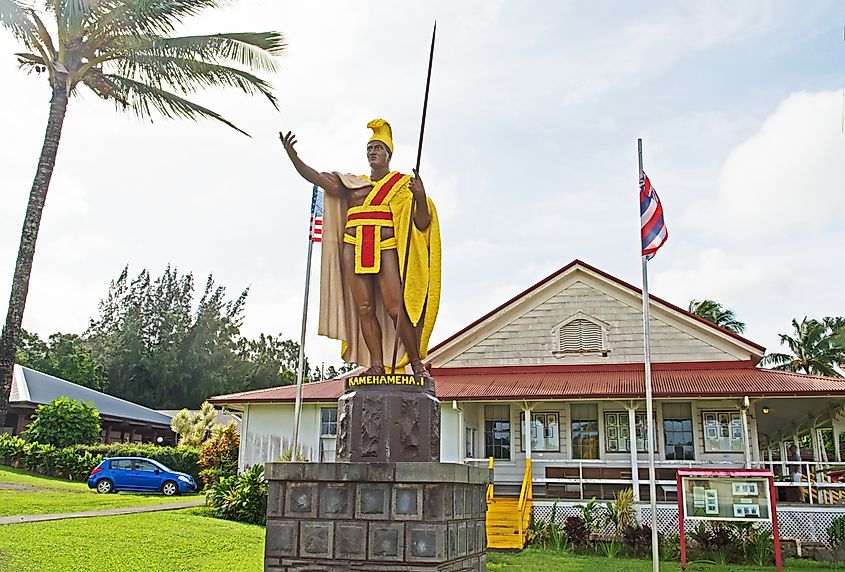
At the northern tip of the Big Island, the peaceful village of Hāwī is best known as a turnaround town for the annual Ironman World Championship held each October in Kailua-Kona. The rest of the year, the artsy town is the perfect spot to explore local art in galleries like Elements or the art gallery attached to one of the oldest restaurants on the island, Bamboo. Return to nature with a short drive to Pololū Valley Lookout, which offers stunning views of the seven valleys created by the Kohala Volcano's eruption over 250,000 years ago, sea cliffs, and black sand beaches. From the lookout, athletic visitors can take a steep hike down to the valley floor to explore the beaches below. A must-see landmark for its cultural and historical significance is the iconic bronze statue honoring King Kamehameha I, who united the Hawaiian Islands in nearby Kapaau.
Haleʻiwa
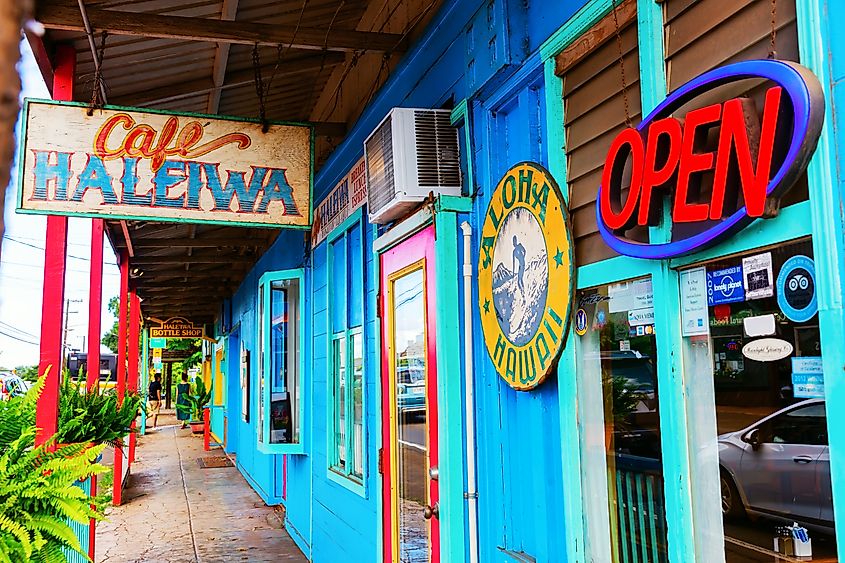
Haleʻiwa is a beachgoer’s paradise on the north shore of Oahu, a town as laid back as they come. From its quiet beginnings as a sugar cane plantation to today’s reputation as “the surfing capital of the world,” the town is much loved by watersport enthusiats who flock to Waimea Bay for its massive 30-foot waves in the winter and to nearby ʻEhukai Beach Park (or the “Banzai Pipeline”) for the world’s top surfing competitions like Billabong Pipeline Masters and the Triple Crown of Surfing.
Photographers and Instagrammers can immerse themselves in surf culture by heading to iconic local landmarks to snap pictures in front of the Haleʻiwa town sign and the Rainbow Bridge with its distinct double arches spanning the popular Anahula River. The river is a top destination for visitors who can’t wait to kayak or try stand-up paddleboarding on its calm waters. Finally, pop into the quirky Haleʻiwa Surf Museum to learn random facts about surfing on Oahu.
Pāʻia
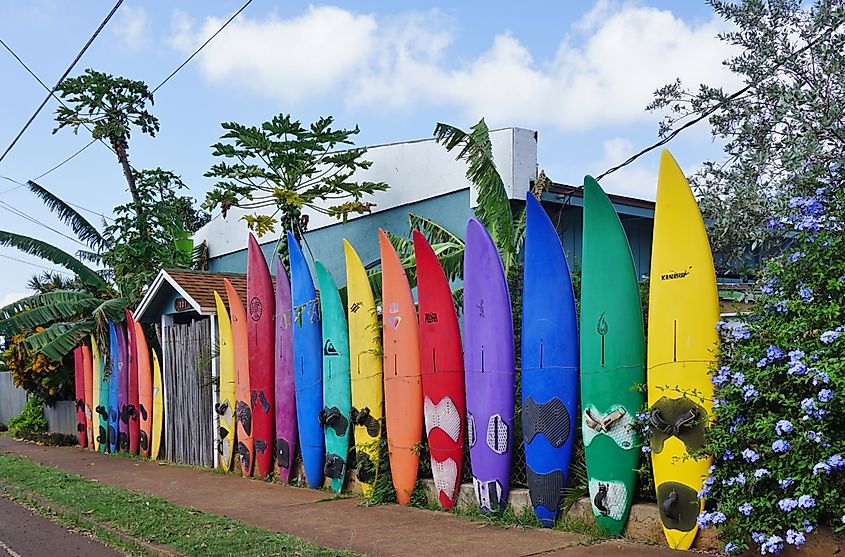
The bohemian village of Pāʻia is on Maui, one of the largest islands in Hawaii. Known as the “windsurfing capital of the world,” Pāʻia is a haven filled with colorful storefronts of eclectic surf and bikini shops. Experience farm-to-table eateries like Cafe Mambo and a local favorite Mama’s Fish House, which first opened its doors in 1973. The town’s artsy vibe makes it a magnet for storytellers, creatives, and hipsters to wander art galleries and shops like Maui Hands, Pueo Gallery, and Alice in Hululand.
Pāʻia is sometimes considered the gateway to Maui’s famed Road to Hana, a 64.4-mile-long stretch of road renowned for its breathtaking views of lush rainforests, waterfalls, and black sand beaches. Road trippers will pass several notable landmarks on the way to Hana Town, like the picturesque waterfalls known as Twin Falls and Wai'anapanapa State Park, where visitors can see a seabird colony and natural stone arch, sea stacks, blow holes, and much more.
Volcano Village
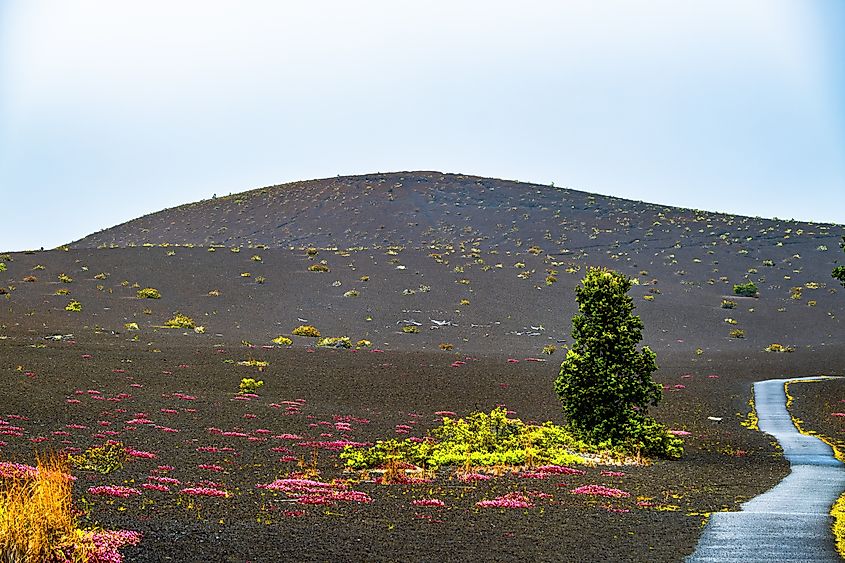
Blooming flowers on lava flows on the Devastation Trail in Hawaii Volcanoes National Park.
Volcano Village is a small artist community tucked in a rainforest on the Big Island. Located near the UNESCO World Heritage Site, Hawaii Volcanos National Park, the town is a popular destination for visitors to the 335,259-acre park. The park rises to over 13,000 feet and encompasses two volcanoes—Kīlauea, one of the world’s most active volcanoes, and Mauna Loa, the world’s largest active subaerial volcano. Although there are over 150 miles of hiking trails through scalded desert, rain forests, and volcanic craters, on any hiker’s bucket list is the one-mile round-trip Devastation Trail through a stark landscape that was buried by the 1959 Kīlauea Iki eruption. Back in the village, spend time at the Volcano Art Center Gallery, which showcases the talent of over 230 local artists, or visit the Akatsuka Orchid Gardens, one of the oldest orchid farms on the island.
Kōloa
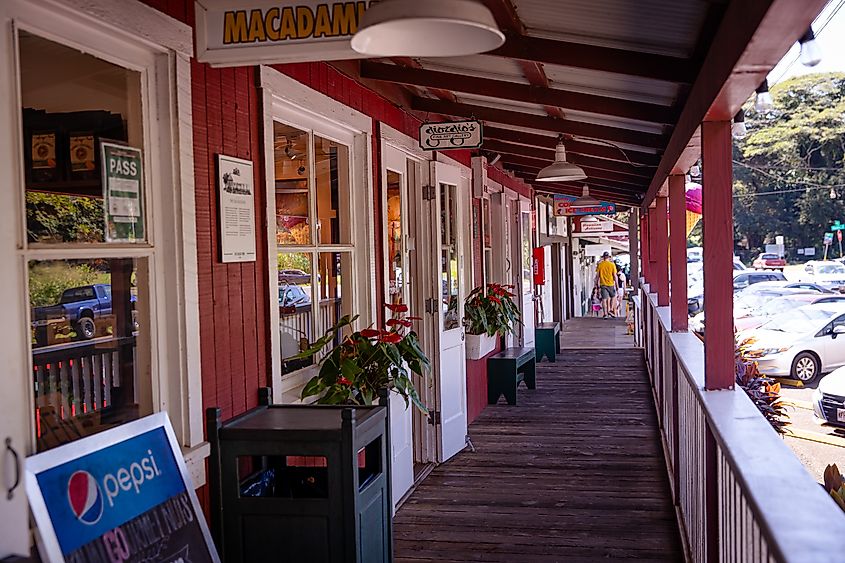
The storybook town of Kōloa, established in 1835 on the island of Kaua‘i, is perfect for history and culture seekers who want to learn more about the island’s role in Hawaii’s sugar industry. Start with a visit to the Kōloa History Center to learn about the town’s sweet past, then head to the historic Old Kōloa Town full of plantation-era buildings that now house art galleries like Hawaiian Artisans, Sun of Aloha, and Fish Eye Kauai, as well as café Java Kai Kauai or local brewpub Much Aloha Brewhouse.
Take a self-guided 10-mile tour of the area’s most important cultural, historical, and geological sites, with markers explaining each spot’s significance. The Kōloa Sugar Monument commemorates the establishment of the first successful sugar plantation, its pivotal role in the development of Hawaii, and its multicultural roots, which were deepened by the arrival of workers from countries like Japan, China, Portugal, and the Philippines.
Summary
Hawaii’s six storybook towns offer a unique blend of charm and beauty. From Hanalei’s crescent-shaped bay, historic church, and lush surroundings, Hāwī’s sweeping valley views to the iconic beaches and vibrant surf culture of Haleʻiwa. Pāʻia, Maui’s bohemian gem, brims with colorful shops, while Volcano Village is an artsy backdrop to the majestic Hawaii Volcanoes National Park. Finally, Kōloa, steeped in history, preserves the legacy of Kaua‘i’s sugar plantation era amidst its charming townscape. It’s time to explore the Aloha State, where each town feels like a page from a tropical fairytale.
